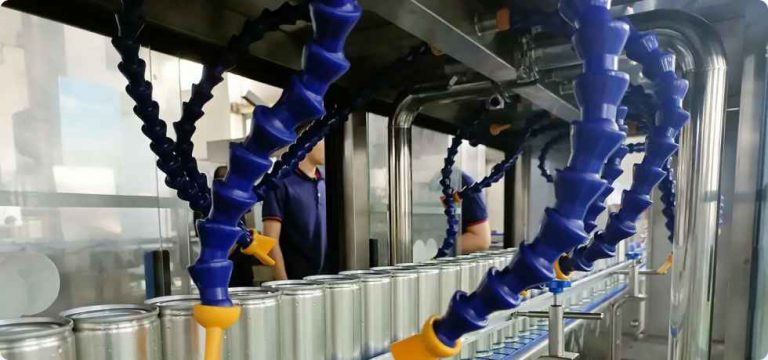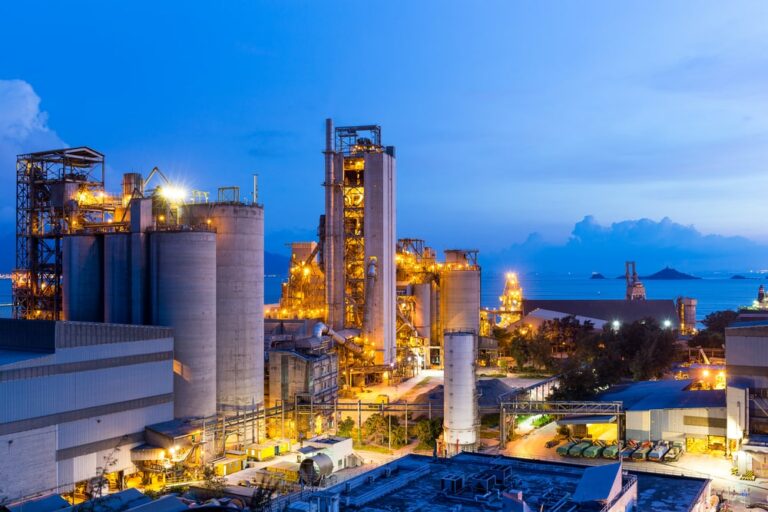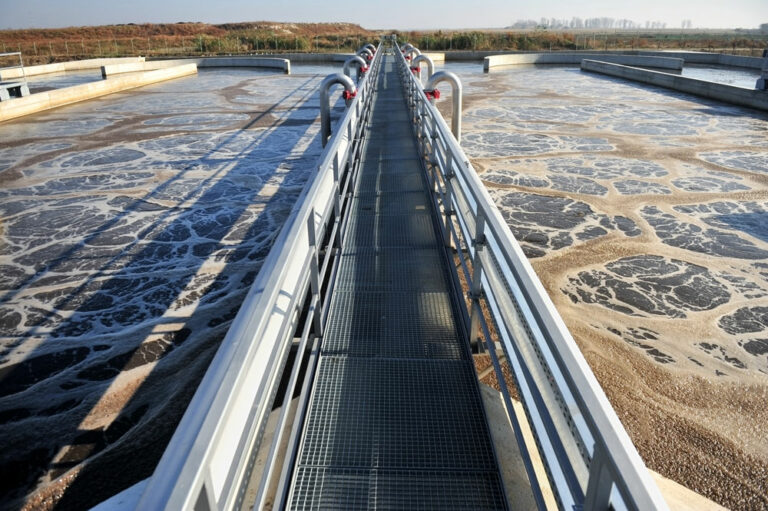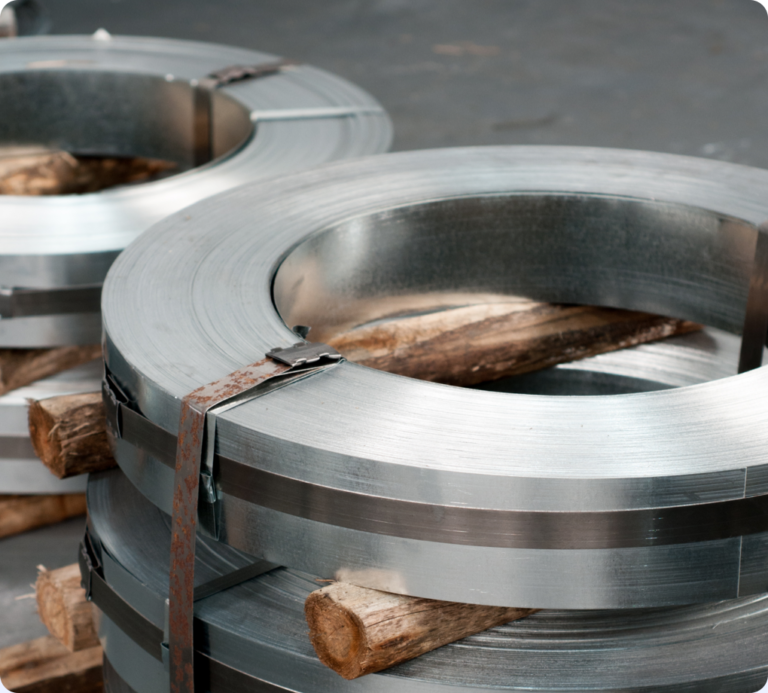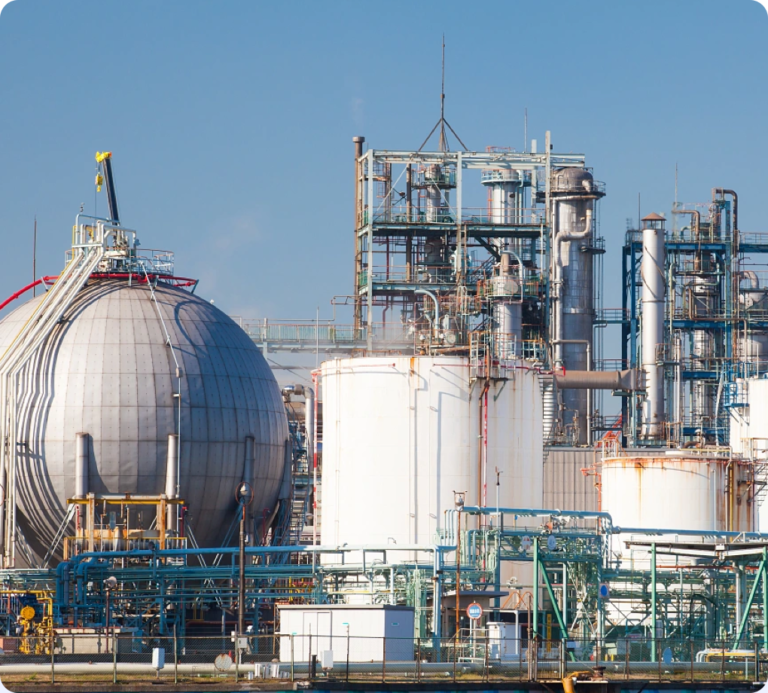The air suspension blower air knife is a kind of centrifugal blower:under the high-speed rotation of the blower rotor, air will generate a dynamic pressure effect between the rotor and the surface of the foil bearing, forming a high-pressure air film to float the rotor. Due to the active oil-free air suspension bearing, no lubricating device is required, and the structure is simple and precise.
The air bearing blower is a product extended from the technology of the aircraft turbine engine. Its main core technologies are air suspension bearing technology, high-speed permanent magnet synchronous motor and its control technology. The air suspension bearing uses air as the working medium, the elastic flat foil (top foil) as the supporting surface, and the elastic wave foil (wave foil) as the supporting parts.blower air knife
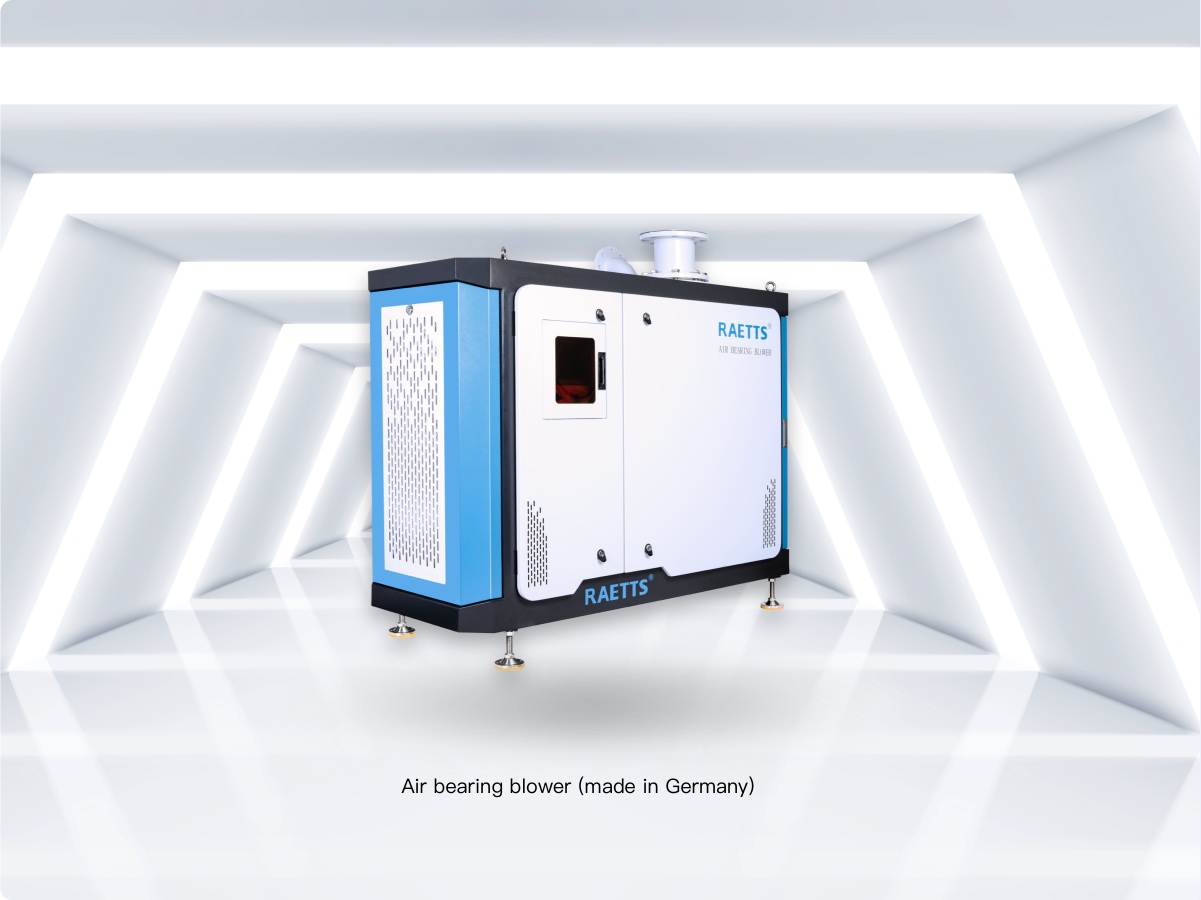
RAETTS high speed centrigal air blower,leaf air blower
RAETTS air foil bearing blower is suitable for stable and constantly running working conditions(7days/24hrs running),blower air knifethe applications is including sewage treatment plant,wastewater treatment plant,municipal wastewater treatment aeration,cement pneumatic conveying,coal powder pneumatic conveying,textile printing and dyeing wastewater treatment,galvanization industry,combustion support and so on.
24 months warranty for the whole blower air knife
blower air knife good quality,good performance,good price,wide range applications,low noise
blower air knife Product packing information:1pcs/package
payment info:T/T(30% advance payment,70% before shipment)leaf air blower
Selection parameters table
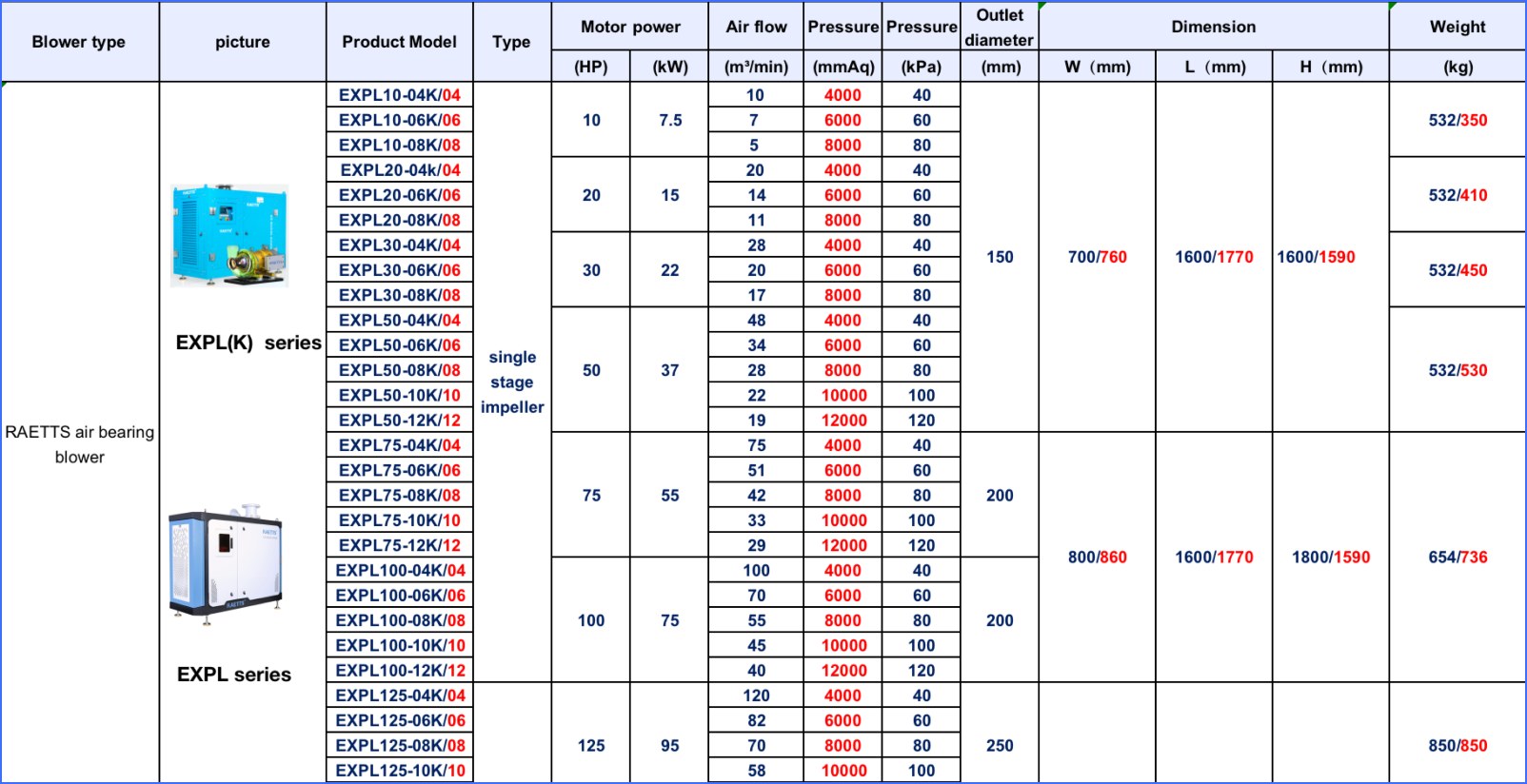
Air blower-An Ultimate FAQ Guide:
2.About blower air knife payment method
3.What are the advantages of using an turbo blower air knife?
4.About blower air knife air blower origin
5.Which Industries Rely Heavily on Air Blowers for Operations?
6.How to troubleshoot common issues with an air blower?
7.What material is used for the outer shell of the air blower?
8.About the scale of blower air knife factory
9.What is the size of the air blower?
10.What is the operating temperature range of the air blower?
11.What Key Features Should You Look for in an Air Blower?
12.How to choose the right blower air knife for your specific needs?
13.About blower air knife warranty
14.How Can an Air Blower Benefit Your Home or Industry?
15.About blower air knife technology
16.About blower air knife production capacity
17.About blower air knife production skills training
18.How does an blower air knife work?
1.About blower air knife R&D capabilities
RAETTS R&D team has more than 20 people,the chief team leader worked for BYD before,and the technique of whole team is supported by Xi’an Jiaotong University.
2.About blower air knife payment method
RAETTS accept payment by T/T(30% advance payment,70% before shipment)
3.What are the advantages of using an turbo blower air knife?
Comparing with tradition roots blowers,single-stage blowers and multi-stage blowers,turbo blowers effciency is 20%-30% higher,which means using an turbo air blower can help customer to save about 20-30% energy,and then reduce the eletric cost.
4.About blower air knife air blower origin
RAETTS air blower is made in China and made in Germany,we have factory both in China and Germany.
5.Which Industries Rely Heavily on Air Blowers for Operations?
1. Manufacturing
2. Mining
3. Agriculture
4. Automotive
5. Food Processing
6. Plastics
7. Construction
8. Ventilation
9. Foundries
10. Powder Technology
6.How to troubleshoot common issues with an air blower?
1. Check the power supply: Make sure the proper voltage is being supplied to the air blower and that any wiring is properly connected and secure.
2. Check the air filters: Check the filters inside the blower for any dirt or debris that may be blocking air flow. If the filters are dirty, clean them with compressed air or a soft brush.
3. Inspect the fan: Check the fan blades for any damage or distortion which could be causing sub-optimal performance and possibly even noise. If the blades are damaged, replace them with new ones.
4. Check the exhaust port: Check the exhaust port for any blockages that could be restricting airflow.
5. Run a diagnostic test: If the air blower isn’t working correctly, try running a diagnostic test to identify any potential errors. Depending on the model of the machine, this may be done with a computer diagnostic tool or a battery or electric screwdriver.
6. Lubricate the air blower: If the blower is not getting any air flow, check the motor to ensure that it is lubricated properly.
7. Inspect the belts: Check the belts that drive the blower to be sure that they are tight and not worn or frayed.
7.What material is used for the outer shell of the air blower?
The outer shell of an air blower is typically made of a variety of materials, depending on its intended use. For example, some air blowers are designed specifically for a particular environment and require a specific shell material to protect it from corrosion and wear.
For instance, a commercial air blower used in the automotive industry might be made from stainless steel or other metals that can withstand extreme temperatures, while a laboratory air blower used for scientific experiments may be made out of aluminum.
For applications where an air blower is expected to operate in outdoor or wet conditions, polyester or heavy duty polyvinyl chloride (PVC) is usually the shell material of choice. These synthetic materials are waterproof, durable, and resistant to corrosion, making them a popular choice for protecting air blowers that are exposed to the elements.
For long life, air blowers made with a plastic shell are often reinforced with aluminum or steel to ensure a rigid, lightweight housing. Plastic also provides insulation against heat and sound, making it a great choice for air blowers that will be used in high-noise areas.
Finally, some air blowers feature housings made from a composite material, which combines plastic and metal together to offer a lightweight, yet rugged construction. This combination makes a composite shell ideal for air blowers that are required to operate in wild environments or under extreme conditions.
Regardless of whether a air blower features a metal, plastic, or composite shell, all of these materials offer protection for the delicate components within, helping to ensure reliable performance in any environment.
8.About the scale of blower air knife factory
For now,RAETTS has 3 factory:
Ganzhou standard product production base:30000m2;
Dongguan R&D product production base:20000m2;
Germany production base:2000m2;
9.What is the size of the air blower?
The air blower size and power depend on the application for which it is used for. Generally, midsize air blowers range from 3-4 to 7-8 horsepower (hp) for small workshops. For large workshops and industrial applications, air blowers with a power of 10 to 20 hp are used. The size of the air blower also depends upon the amount of air flow it needs to generate. Low-power air blowers have a capacity of 100 CFM (cubic feet per minute) and high-power air blowers can range from 600 to over 5,000 CFM.
In addition to the horsepower and air flow measurements, the size of the air blower is determined by its structural dimensions. It includes the width, length, depth and height. Though, small and large air blowers have the same horsepower and air flow, the frame sizes vary. Smaller, more compact blowers are typically more maneuverable and are ideal for operations where space is limited. This makes them more desirable for professional mechanics, hobbyists, and woodworkers. Medium-size air blowers have larger frames, providing higher airflow but have limited maneuverability. This makes these blowers more suitable for large workshops and industrial applications.
The size of the air blower also depends upon its efficiency and portability. Smaller air blowers are lightweight and more efficient in terms of energy consumption compared to larger models. This is the reason why mechanical workshops prefer smaller air blowers as they can be easily placed and adjusted in tight spaces. On the other hand, large blowers require large wall outlets and a large area of operation. Their motors also require more power, which is reflected in their greater energy consumption.
10.What is the operating temperature range of the air blower?
The operating temperature range of an air blower varies depending on the type and size of the blower. Generally, air blowers can operate at temperatures ranging from 40°F (4.4°C) to 250°F (121°C).
Smaller air blowers, such as those found in computers and electronic systems, operate within a much smaller temperature range. These systems typically run between 0°F and 140°F (-17.7°C and 60°C).
Large air blowers, such as those used in industrial or commercial settings, have a much wider operating temperature range. These systems can handle temperatures up to 500°F (260°C). At these temperatures, it is critical to monitor both the air blower and the actual output to ensure the system is not overworking or underperforming.
When designing an air blower system, it is important to select components that are rated for the particular operating temperature ranges. Components made out of materials that can withstand high temperatures, such as nickel-plated brass or stainless steel, are typically best suited for long-term use.
Since air blowers are intended for use in various temperature extremes, it is important to account for any potential changes during operation. Increases in air temperature can lead to decreased performance, while decreases in air temperature can result in decreased output.
Furthermore, all air blowers should be operated within a safe range of temperature to avoid any potential damage to the blower or the surrounding environment. For this reason, regular monitoring of the system should always be conducted to ensure the health and safety of everyone involved.
11.What Key Features Should You Look for in an Air Blower?
1. CFM: Make sure that the air blower you choose has the correct CFM (Cubic Feet per Minute) ratings to meet your needs.
2. Power: If you need to move air quickly and efficiently, look for an air blower with a higher power output.
3. Portability: If you need to take your air blower to different sites, choose one with built-in portability and handles.
4. Safety Features: Ensure the air blower has built-in safety features such as an automatic shut-off in case of overheating.
5. Price: Consider your budget when searching for an air blower as prices can range from a few dollars to several hundred.
12.How to choose the right blower air knife for your specific needs?
General speaking,we will do model selection of air blower according to customer’s required air flow,air pressure,application,installation altitude,suction media.
13.About blower air knife warranty
RAETTS warranty time for air bearing blower and maglev turbo blower is 24months,for high speed centrifugal blower is 12 months.
14.How Can an Air Blower Benefit Your Home or Industry?
An air blower is a mechanical device used to generate a flow of air or gas at high pressure. It works by using a motor to drive an impeller or fan, which creates a stream of air that can be directed towards a specific area. Air blowers can have a wide variety of applications, and they can greatly benefit both homes and industries in many ways. Here are some of the main benefits of using an air blower:
1. Ventilation and Cooling:
One of the primary benefits of an air blower is its ability to provide ventilation and cooling. In homes, air blowers can be used to circulate air and improve the overall air quality, which can be especially beneficial for those with respiratory issues or allergies. In industries, air blowers are often used to cool down machinery, preventing overheating and minimizing downtime.
2. Drying and Dehumidifying:
Air blowers can also be used to dry out damp or humid areas in both homes and industries. In homes, they can be used to dry out wet carpets, floors, and furniture after cleaning or flooding. In industries, they can help to reduce the humidity levels, which can not only improve the working conditions for employees but also prevent damage to equipment and products.
3. Dust and Debris Removal:
Air blowers can be used to blow away dust and debris on surfaces, making them useful for both homes and industries. They can be used to clean off surfaces such as floors, furniture, and machinery, making them especially useful in factories and workshops where dust and debris can accumulate quickly.
4. Aeration:
In industries such as wastewater treatment, air blowers are used to provide aeration, which is the process of introducing air into a liquid to increase oxygen levels. This promotes the growth of helpful microorganisms that help to break down organic matter and purify the water.
5. Pneumatic Conveying:
Air blowers are often used in industries for pneumatic conveying, which is the process of moving materials such as powders, granules, and pellets through pipelines using air or gas. This is a cost-effective and efficient way to transport materials, and it is commonly used in industries such as food processing, chemical processing, and pharmaceuticals.
6. Process Cooling:
In industries such as manufacturing and food processing, air blowers are used to provide process cooling, which involves blowing air onto a product or a specific area to cool it down. This is essential for maintaining the quality of products and preventing damage caused by high temperatures.
In conclusion, an air blower can greatly benefit both homes and industries by providing ventilation, cooling, drying, dehumidifying, dust removal, aeration, and process cooling. They are versatile and can be used in various applications, making them an essential tool for many different industries. If you are considering investing in an air blower, be sure to research the different types and models available to find the best one for your specific needs.
15.About blower air knife technology
RAETTS air bearing blower technology is originated from South Korea and maglev turbo blower technology is originated from Germany.RAETTS also have R&D team from Xi’an Jiaotong University.
16.About blower air knife production capacity
RAETTS production quantity for air bearing blower and maglev turbo blower is about 200pcs/month,for high speed centrifugal blower is about 700pcs/month.
17.About blower air knife production skills training
RAETTS will train the production staffs for 3 months before they do production,including:machine operation,assembly,testing and so on.
18.How does an blower air knife work?
The main structure of the air blower is including motor,shaft,bearing and impeller.When the motor is running,it will drive the shaft to run,then shaft drive bearing to run,then bearing drive the impeller to run.After the impeller runs,it will generate a vacuum area surrounding the impeller and suck the surrounding air inside.Then the air will be compressed by the impeller and discharged outside.
Tag:leaf air blower

